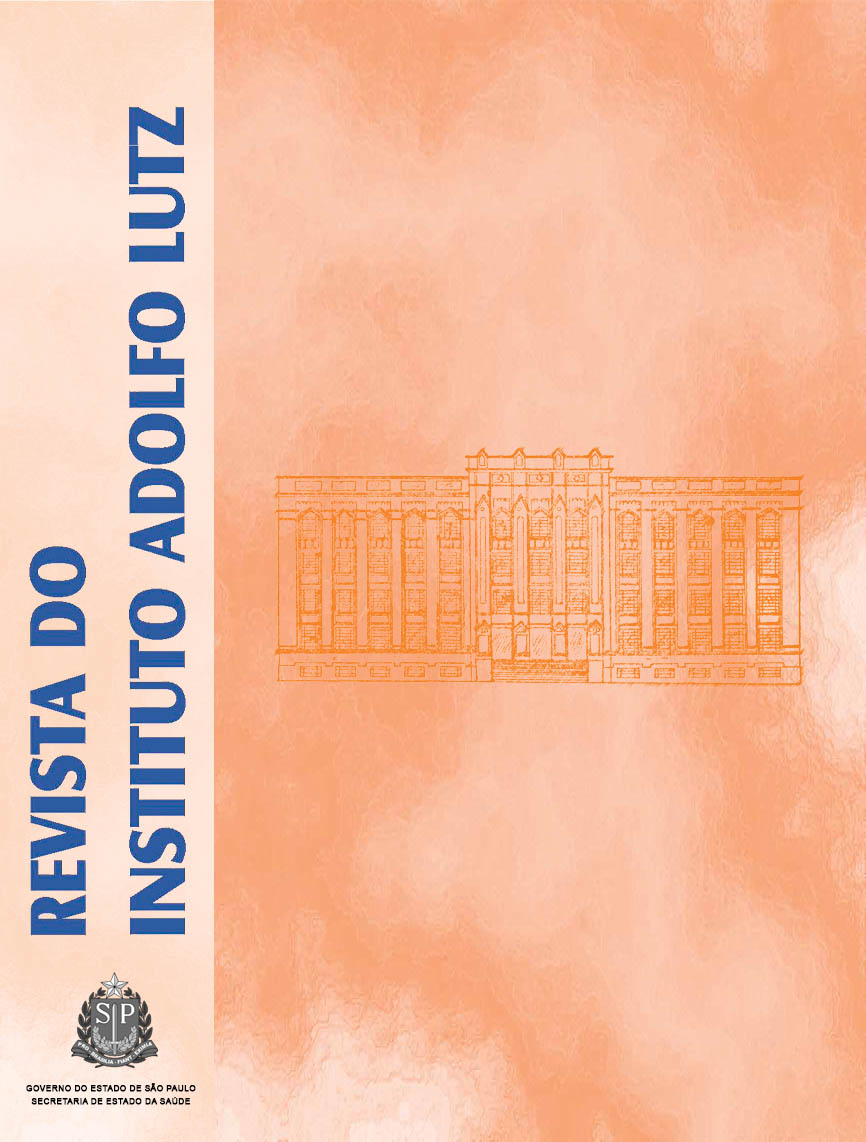Abstract
This paper describes the development and validation of the electronic spreadsheet in Microsoft Excel® software for evaluating the analytical quality of calibration graphs of linear and homoscedastic functions, used in water physical-chemical analysis by UV-Vis spectrophotometry, and obtained according to ISO standards and IUPAC guidelines. By introducing the absorbance data, the spreadsheet shows the calibration (with respective function) and the residues graphs, and also computes the residual standard deviation, angular coefficient standard deviation, interception standard deviation, and coefficient of determination R2. On prediction terms, the spreadsheets calculate (confidence level at 95 %): the prediction interval (showing the respective curve with upper and lower limits), the absorbance critical value, the concentration critical value (xC), the minimum detectable value of concentration (xD) or detection limit, the quantification limit, and the confidence intervals for samples. From the initial spreadsheet, simplifications were introduced and the new spreadsheets were used for analyzing nitrate, nitrite and iron. The effect of the simplifications on the parameters calculation, and the correlations between xC/xD ISO 11843-1,2 parameters and the CCα(decision limit)/CCβ(detection capability) European Commission parameters, were discussed.
Keywords. analytical quality control, analytical curves, water analysis, electronic spreadsheets.
References
1. Malinowski E. Factor analysis in chemistry. 3rd ed. New York: John Wiley and Sons, Inc.; 2002.
2. Miller J, Miller J. Statistics and chemometrics for analytical chemistry. 4th ed. Harlow: Pearson Education Limited; 2000.
3. Otto M. Chemometrics - Statistics and computer apllication in analytical chemistry. 2nd ed. Weinheim: WILEY-VCH; 2007.
4. Custodio R, Andrade J, Augusto F. O ajuste de funções matemáticas a dados experimentais. Quim Nova. 1997;20(2):219-25.
5. Mendham J, Denney R, Barnes J, Thomas M. Vogel - Química Analítica Quantitativa. Rio de Janeiro: LTC Livros Técnicos e Científicos Editora SA; 2002.
6. Skoog D, West D, Holler F, Crouch S. Fundamentals of Analytical Chemistry. 8th ed. Belmont: Brooks/Cole - Thomson Learning Inc.; 2004.
7. Danzer K, Currie LA. Guidelines for calibration in analytical chemistry. Part 1. Fundamentals and single component calibration. Pure Appl Chem. 1998;70(4):993-1014.
8. Ribeiro F, Ferreira M, Morano S, Silva L, Schneider R. Planilha de validação: uma nova ferramenta para estimar figuras de mérito na validação de métodos analíticos univariados. Quím Nova. 2008;31(1):164-71.
9. ISO. Water quality - Calibration and evaluation of analytical methods and estimation of performance characteristics. International Organization for Standardization. 1990:ISO 8466-1.
10. ISO. Linear calibration using reference materials. International Organization for Standardization. 1996:ISO 11095.
11. ISO. Capability of detection. International Organization for Standardization. 1997:ISO 11843-1,2.
12. Thompson M, Ellison S, Wood R. Harmonized guidelines for single-laboratory vallidation of methods of analysis. Pure Appl Chem. 2002;74(5):835-55.
13. APHA, AWWA, WEF. Standard Methods for the Examination of Water and Wastewater. 19th ed. AD E, LS C, AE G, editors. Washington DC: American Public Health Association, American Water Works Association, Water Environment Federation; 1995.
14. Instituto Adolfo Lutz (São Paulo - Brasil). Métodos físico-químicos para análise de alimentos: Normas Analíticas do Instituto Adolfo Lutz. 4ª ed. Brasília: (DF) Anvisa; 2005.
15. Instituto Nacional de Metrologia, Qualidade e Tecnologia - INMETRO. Cgcre-8 4: Orientação sobre validação de métodos analíticos - Revisão 04 [acesso 2012 Out]: Disponível em [http://www.inmetro.gov.br/Sidoq/Arquivos/Cgcre/DOQ/DOQ-Cgcre-8_4.pdf ].
16. Brasil. Ministério da Saúde. Portaria nº 2914,de 12 de dezembro de 2011. Dispõe sobre os procedimentos de controle e de vigilância da qualidade da água para consumo humano e seu padrão de potabilidade. Diário Oficial [da] República Federativa do Brasil. Brasília,DF, 14 dez. 2011. Seção 1, p. 39-46.
17. Brasil. Ministério da Saúde. Resolução RDC nº 274, de 22 de setembro de 2005. Aprova o Regulamento técnico para águas envasadas e gelo. Diário Oficial [da] República Federativa do Brasil. Brasília, DF, 23 set. 2005. Seção 1, p. 376-377.
18. Commission E. Commission Decision of 12 August 2002 implemeting Council Directive 96/23/EC concerning the performance of analytical methods and the interpretation of results. Off J Eur Comm. 2002; L221:8-36.
19. Brasil. Ministério da Agricultura, Percuária e Abastecimento. Secretaria de Defesa Agropecuária. Instrução Normativa nº 24 de 14 de julho de 2009. Define os requisitos e critérios específicos para funcionamento dos Laboratórios de Análises de Resíduos e Contaminantes em Alimentos integrantes da rede Nacional de Laboratórios Agropecuários. Diário Oficial [da] República Federativa do Brasil. Brasília, DF, 22 jul. 2009. Seção 1, p. 7-15.
20. Desimoni E. About CCα and CCβ as introduced by the Commission Decision of 12 August 2002 implementing Council Directive 96/23/EC. Accred Qual Assur. 2004;9:724-5.

This work is licensed under a Creative Commons Attribution 4.0 International License.
Copyright (c) 2013 Instituto Adolfo Lutz Journal
